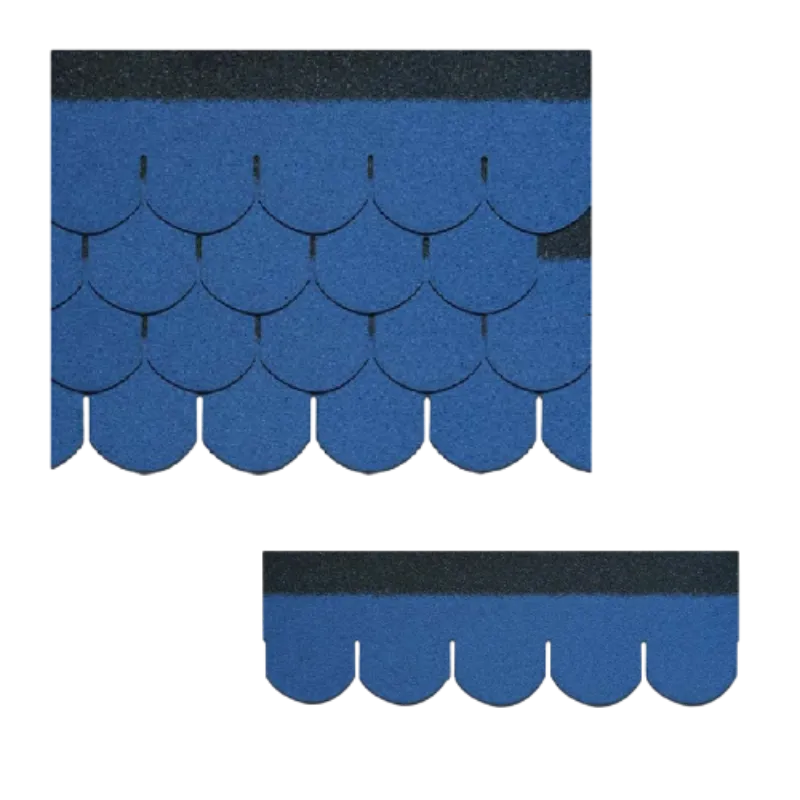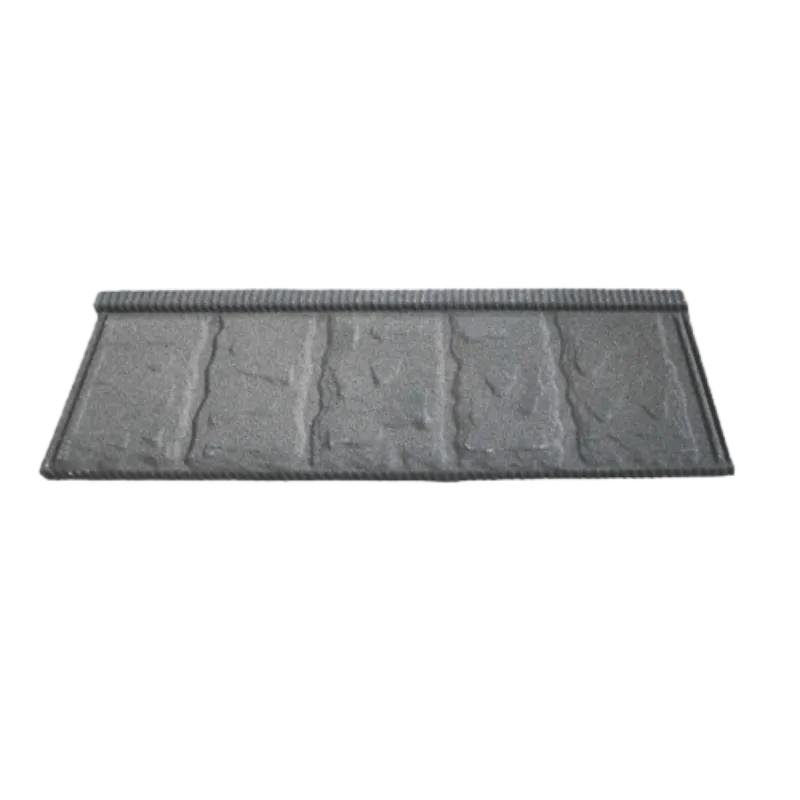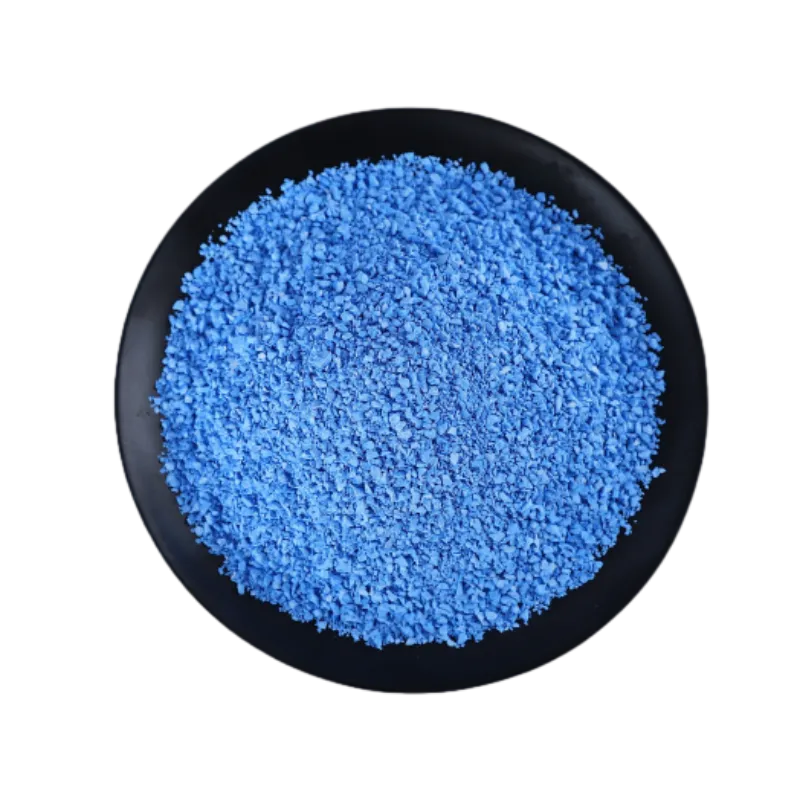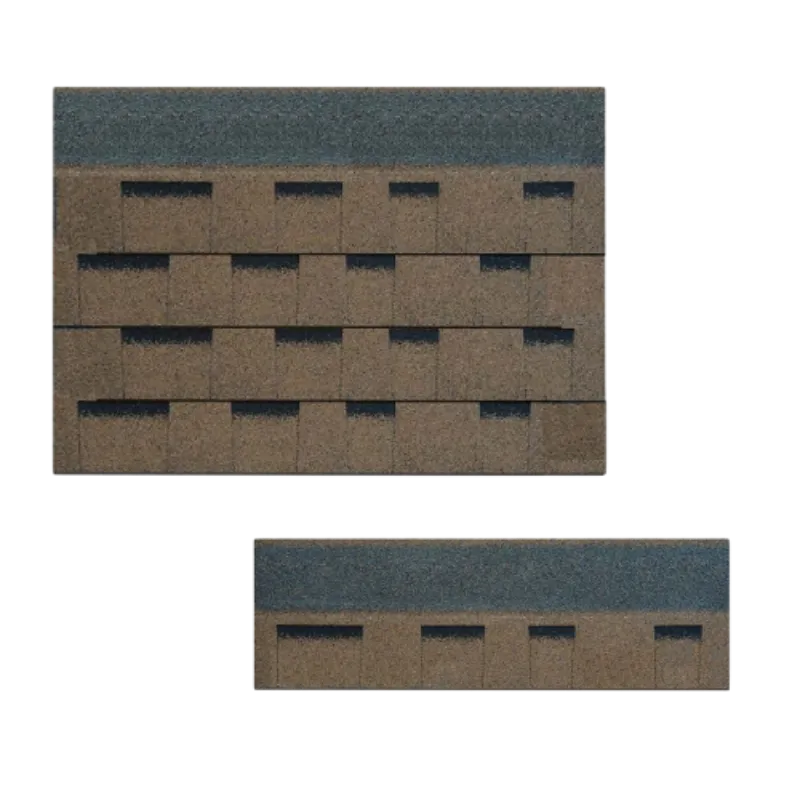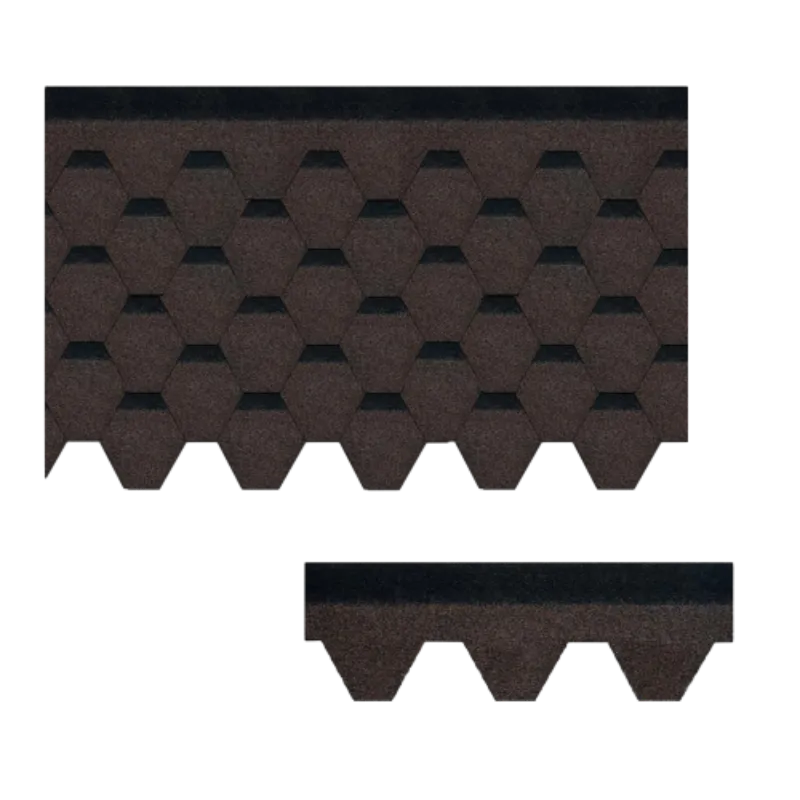
Nov . 21, 2025 17:00 Back to list
Expert Guide to Terracotta Tile Roof Restoration - Sustainable Preservation & Repair
Why Terracotta Tile Roof Restoration Matters in Today's World
Roofing might not be on the daily radar of most folks, but when it comes to the durability and charm of historic buildings, terracotta tile roof restoration becomes a quietly crucial topic. Terracotta tiles have adorned roofs for centuries due to their natural beauty, strength, and longevity. Yet, despite their endurance, they still require attentive care—especially as climatic extremes and urban pollution accelerate wear and tear worldwide.
Understanding terracotta tile roof restoration isn’t just about preserving aesthetics; it’s about sustainable building practices and saving cultural heritage globally. With the United Nations emphasizing sustainable infrastructure (SDG 11: Sustainable Cities and Communities), restoring terracotta roofs plays a role in reducing waste, conserving resources, and protecting architectural identity. Plus, the benefits extend from conserving energy to mitigating costly emergency repairs when tiles fail unexpectedly.
Mini takeaway: Terracotta roof restoration balances tradition with modern sustainability, making it a vital skill both culturally and environmentally.
The Global Importance of Terracotta Tile Roof Restoration
Globally, the architectural industry faces a dilemma: how to maintain the authenticity of heritage sites while upgrading them to meet modern standards for safety and energy efficiency. Terracotta tile roofs dominate many historic towns across Europe, Asia, and Latin America — but aging roofs, changing weather patterns, and urban pollution threaten these structures.
According to the World Bank, climate change has increased the frequency of damaging storms, requiring roofs to be more resilient than ever. Simultaneously, ISO sustainability standards encourage materials preservation to reduce carbon footprint. Restoration—rather than wholesale replacement—of terracotta roofing is thus a practical response. It cuts down on manufacturing energy, landfill waste, and preserves irreplaceable craftsmanship.
In practical terms: neglected roofs can cause moisture ingress leading to structural damage—an expensive fix that sometimes ends up costing cities millions in restoration efforts. The stakes are high, and the growing call for green restoration practices means terracotta tiles are both an old favorite and a modern solution.
Mini takeaway: Terracotta tile roof restoration addresses urgent global challenges in heritage preservation and sustainable construction.
What Exactly Is Terracotta Tile Roof Restoration?
In its essence, terracotta tile roof restoration involves the careful repair, cleaning, and replacement of broken or deteriorated terracotta roofing tiles to bring a roof back to its original function and appearance. Think of it like a delicate jigsaw puzzle—each tile matters, and matching the traditional shapes, colors, and installation techniques is key.
Beyond mere patching, restoration includes assessing the underlying roof structure, fixing leaks, replacing mortar ridges, and often treating tiles to fight moss and algae. It’s a bridge between artisanal craft and modern technical know-how, ensuring that these earthenware tiles continue to protect buildings, capture rainwater, and breathe properly for decades more.
More importantly, this process supports the broader construction industry’s pivot towards circular economy principles—reusing rather than discarding, preserving cultural identities while improving performance.
Key Components of Effective Terracotta Tile Roof Restoration
1. Durability of Materials
Terracotta tiles are fired clay, giving them natural resistance to fire, frost, and UV rays. Restoration depends on sourcing either reclaimed tiles that match the original or manufacturing compatible replacements — without sacrificing strength or appearance.
2. Skilled Craftsmanship & Installation
The tight interlocking of tiles, proper mortar ridge application, and subtle design details differ with each region’s style. Restoration experts need both traditional skills and knowledge of modern sealants to maintain integrity and aesthetics.
3. Cost Efficiency Over Time
While initial restoration labor can be higher than replacing with synthetic materials, the long-term lifespan and energy benefits can lead to significant savings. Plus, many old buildings qualify for grants due to heritage status.
4. Environmental Sustainability
Restoring tiles reduces landfill waste dramatically. Plus, because terracotta is breathable, roofs regulate moisture and temperature better, cutting heating and cooling needs.
5. Compatibility with Modern Infrastructure
Increasingly, restoration projects include updates to solar panels and rainwater harvesting systems without compromising tile integrity.
Mini takeaway: Combining traditional craft with modern technology and sustainability thinking makes restoration an art and science.
Global Applications and Real-World Use Cases
In Europe, particularly Italy and Spain, terracotta tile roof restoration is an everyday affair, supported by government conservation programs and architectural schools. In Japan, workshops combine ancient kiln firing methods with digital color matching for repairs.
Post-disaster relief in regions prone to hurricanes and earthquakes increasingly prioritizes restoring classic tile roofs quickly to protect both homes and cultural identity. For example, after the 2017 hurricanes in the Caribbean, NGOs partnered with local artisans to supply quality replacement tiles, balancing speed and authenticity.
On the industrial front, eco-resorts in Australia and South Africa prefer terracotta restoration for their natural insulation and aesthetic appeal—appealing to green-conscious visitors. The rise of sustainable tourism indirectly boosts terracotta markets, too.
| Specification | Typical Value | Notes |
|---|---|---|
| Tile Material | Natural fired clay | Locally sourced for authenticity |
| Average Tile Size | 420mm × 250mm | Varies regionally |
| Weight per Tile | 3.5 kg | Requires sturdy understructure |
| Expected Lifespan | 50–100 years | With proper maintenance |
| Typical Restoration Cost | $80–$150 per square meter | Includes labor and materials |
Advantages and Long-Term Value of Restoration
Here’s where it gets interesting: the benefits of terracotta tile roof restoration go beyond simple repairs. It’s about safeguarding history, yes, but also improving building performance day-to-day.
- Cost Savings: By extending roof life, restoration delays expensive removal and replacement.
- Sustainability: Reusing tiles reduces raw material extraction and landfill waste.
- Energy Efficiency: Natural insulating properties lower heating/cooling expenses.
- Social Impact: In communities, restoration supports skilled labor and cultural pride.
- Reliability: Properly restored roofs withstand weather extremes better.
Emotionally, a restored terracotta roof signals care and respect for the past, community identity, and a mindful approach to future resilience. I suppose it’s odd that something as simple as a tiled roof can carry so much weight, but it kind of does — people connect to their homes in profound ways.
Innovations Shaping the Future of Terracotta Tile Roof Restoration
Looking ahead, the world of terracotta restoration is quietly evolving. Technological advances include:
- Digital Color Matching: Using spectrometry tools to perfectly match faded tiles, even from centuries ago.
- Improved Sealants and Mortars: New breathable, eco-friendly compounds improve tile adhesion and weatherproofing.
- Solar Integration: Designing restoration to accommodate solar tiles discretely without compromising traditional looks.
- 3D Scanning & Printing: Rapid custom tile replication for rare or intricate profiles.
- Green Energy Policies: Incentives encouraging restoration over replacement with lower-carbon solutions.
It feels like we’re at a fascinating crossroads, where old-world skill and new-world tech are finally shaking hands.
Challenges and How Experts Are Overcoming Them
Restoration is not a cakewalk. Problems range from sourcing matching tiles to weather restrictions during installation. Plus, uneven craftsmanship can cause future problems if poorly done.
Innovative solutions include:
- Using tile salvage networks to source rare styles.
- Training programs for roofers focused on heritage techniques.
- Employing drone inspections for precise condition assessments.
- Applying hydrophobic coatings that preserve tile breathability.
Frankly, success lies in balancing patience, expertise, and a genuine respect for the material. Cut corners, and you lose not only the roof’s integrity but also community trust.
| Vendor | Experience (Years) | Specialty | Sustainability Focus | Regions Served |
|---|---|---|---|---|
| TerraRevive Ltd. | 25 | Historic urban restoration | High — reclaimed tiles, bio-mortars | Europe, Middle East |
| EcoClay Roofing | 15 | Solar-ready tile systems | Very high — solar integration focus | Australia, Southeast Asia |
| HeritageTile Co. | 35 | Traditional terracotta tiles | Medium — local sourcing focus | Americas, Europe |
FAQ: Terracotta Tile Roof Restoration Questions Answered
Q: How long does terracotta tile restoration typically take?
A: It depends on the roof size and condition but generally ranges from a few days for small repairs to several weeks for full restoration projects. Weather and tile sourcing can impact timing significantly.
Q: Can I mix old and new tiles during restoration?
A: Ideally, new tiles should match the existing ones in shape, color, and material. Sometimes manufacturers create replicas that blend seamlessly, but mixing drastically different tiles can affect appearance and performance.
Q: Is terracotta roofing suitable for rainy climates?
A: Yes, terracotta is highly water-resistant and known for shedding rain efficiently. Proper restoration ensures the roof remains watertight and breathable, reducing moisture buildup underneath.
Q: Does restoration improve insulation?
A: Restored terracotta roofs help maintain consistent indoor temperatures thanks to the material’s natural thermal mass and breathability, which traditional modern materials sometimes lack.
Q: Are terracotta roofs expensive to restore compared to modern roofing alternatives?
A: Upfront costs tend to be higher due to skilled labor and material sourcing. However, long-term lifespan and sustainability benefits often offset this. Plus, heritage grants may lower actual expense.
Wrapping Up: Why Invest in Terracotta Tile Roof Restoration?
In real terms, terracotta tile roof restoration isn’t just an investment in bricks and clay — it’s an investment in community, history, and sustainability. Rehabilitating these roofs safeguards precious architecture while promoting green building practices.
For anyone interested in preserving beauty, boosting building longevity, or simply keeping a roof over their heads that’s stood the test of centuries, the pathway is clear. If you want to learn more about restoration techniques and suppliers, pop over and check out our detailed resources at terracotta tile roof restoration. You might be surprised how much there is to discover!
-
Red Clay Roof Tiles: Durable, Sustainable & Stylish Roofing Solutions
NewsNov.23,2025
-
Durable and Sustainable Ceramic Roofs: A Global Perspective on Design & Innovation
NewsNov.23,2025
-
Synthetic Clay Tile Roof – Durable, Eco-Friendly Roofing Solutions for Modern Buildings
NewsNov.22,2025
-
Planum Roof Tiles – Durable, Sustainable Flat Roofing Solutions for Global Needs
NewsNov.20,2025
-
Terracotta Roof Shingles: Durable, Sustainable Roofing Solutions for Modern Needs
NewsNov.19,2025


